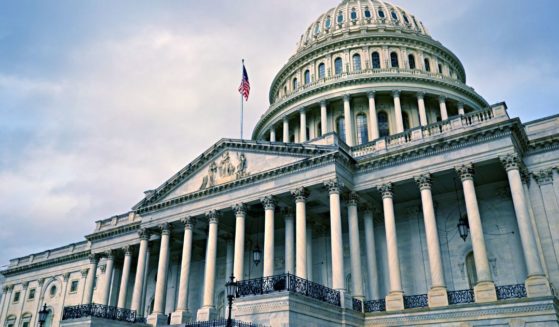Fed Up with Welfare Abusers, Trump Moves To Redefine Poverty
In a prosperous country like the United States, when does somebody officially stop being “poor?”
It may seem like an irrelevant question, but deciding at what point a citizen is actually below the poverty threshold can have major effects on national spending and the economy. There’s a government formula, but the math may now be changing under President Donald Trump.
On Monday, the White House Office of Management and Budget released proposals that show it’s considering adjusting how poverty levels are calculated. If the administration moves forward on this path, people who are using — and often abusing — government handouts could be removed from welfare.
It all comes down to the “official poverty measure,” which is used to determine who qualifies for taxpayer-funded benefits. The methodology hasn’t changed much in almost 50 years, but that was before Trump.
“The measure, first set in the 1960s, is calculated at three times the cost of a minimum food diet and adjusted every year as prices rise,” Bloomberg reported.
“In 2018, a family of four making no more than $25,900 was considered impoverished,” the financial outlet continued. “The figure determines eligibility for a wide swath of federal, state, and non-profit programs, including Medicaid and food stamps.”
But that 1960s definition of poverty isn’t set in stone, and it could change if the administration updates the calculations. The most likely measure that would be used is called “chained consumer price index,” a more modern way to determine a poverty threshold.
“By changing the index the government uses to calculate how much the cost of living rises or falls, the poverty level could rise at a slower rate,” Bloomberg reported.
“Chained CPI shows slower inflation growth because it assumes consumers will substitute less expensive items when prices for specific individual goods increase significantly.”
In other words, it may be more close to how people actually live and spend money.
While the transition to chained CPI hasn’t happened yet, the administration’s move in that direction is part of a larger trend.
President Trump has voiced his distaste for welfare abusers before and urged measures that move people off government programs and onto their own two feet.
“Millions of able-bodied, working-age adults continue to collect food stamps without working or even looking for work,” Trump said in December. “Our goal is to move these Americans from dependence to independence, and into a good-paying job and rewarding career.”
Of course, liberals will try to paint the move as callous and cold. How dare Trump re-define poverty! But it’s worth noting that a previous president proposed almost the same standard — chained CPI — to lower the amount of government spending.
That president was Barack Obama.
“President Barack Obama in 2014 proposed switching cost-of-living adjustments in Social Security and other retirement programs to the index,” Bloomberg pointed out. “Congressional Democrats responded with an uproar, causing Obama to abandon the proposal in later budgets.”
It’s also worth noting that thanks in part to the booming Trump-era economy, the percentage of citizens on welfare is already decreasing. Meanwhile, unemployment has also plummeted, meaning that fewer people would be impacted by the change and there are many jobs for honest workers.
There is a place for an economic safety net in America, but what we don’t need is a safety hammock. If the administration is able to save taxpayer money and enable more people to earn a solid paycheck instead of receiving handouts, it’s certainly worth a shot.
Truth and Accuracy
We are committed to truth and accuracy in all of our journalism. Read our editorial standards.
Advertise with The Western Journal and reach millions of highly engaged readers, while supporting our work. Advertise Today.












